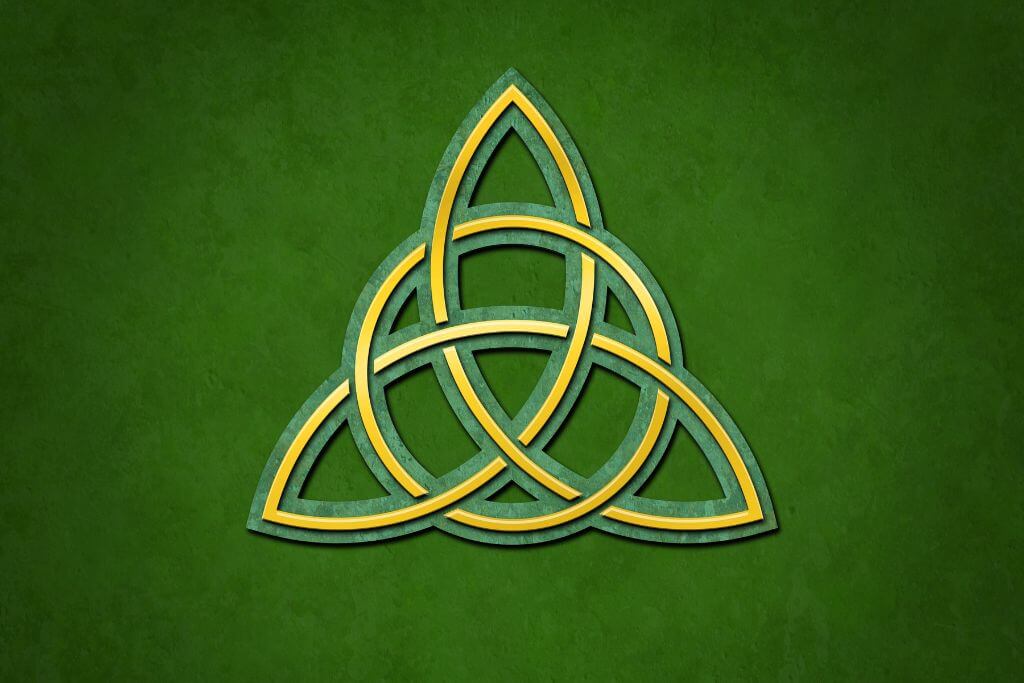Posted by Maris on 23rd Jun 2023
Symbols Scotland and Their Meaning
Celtic iconography such as The Celtic Cross, The Claddagh, and Celtic Knots represent different elements of Celtic culture such as symbols of spirit, emblems of deities, or images from mythological tales. Scottish and Celtic tribal symbols have been passed down generations and become part of the fabric of the country.
In this article, we explain the stories and history behind some of the most iconic symbols in Scottish and Celtic cultures. We’ll also show you our top fashion picks that incorporate these deeply meaningful designs.
TRADITIONAL SCOTLAND SYMBOLS
There is a wide variety of Scottish symbols, each with a vast and rich history. From the national flower of Scotland to the lion rampant and saltire, these bold and intricate icons catch the eye and draw you into the folklore of the Scottish Highlands. Even that national animal of Scotland will surprise you with its mystique!
THE SALTIRE
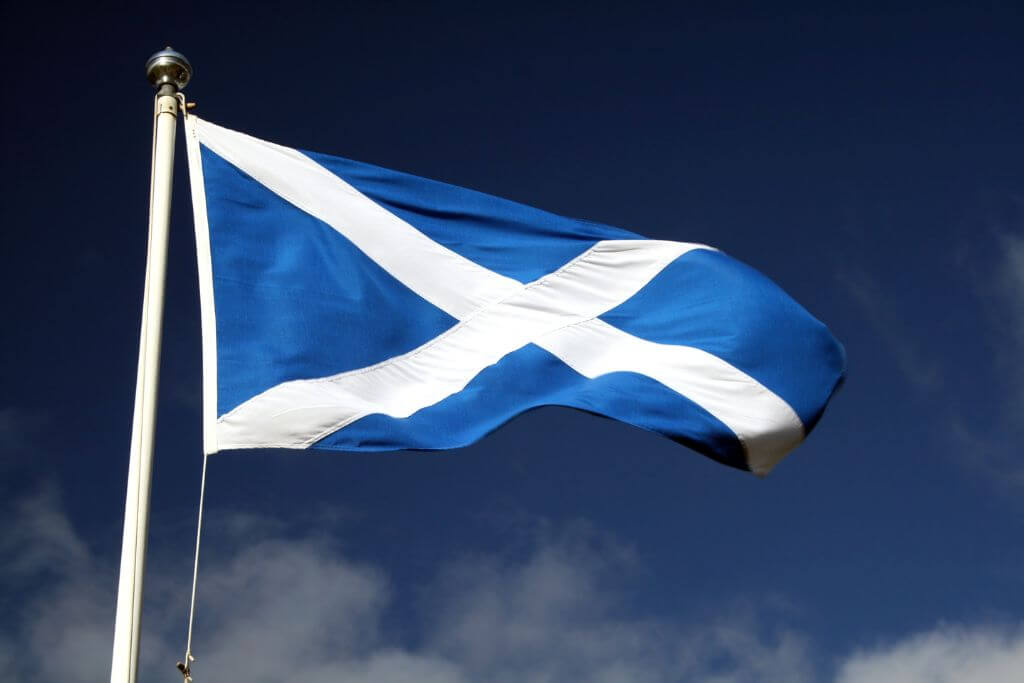
First, we have the Saltire. As a symbol of Scotland, there is nothing as automatically recognisable as the Scottish flag. As soon as the Saltire appears in film, TV, or life for that matter, you instantly think of Scotland.
The saltire represents Scotlands patron saint, Saint Andrew. It is one of the oldest Scottish Heritage symbols, representing the Saint’s crucifixion in the 1st century.
There is great mythology surrounding its first appearance. Many believe it magically appeared in the form of clouds across the blue sky during a battle between the Scots forces and the invading Angles.
The King of The Scots, King Oengus II, took this as a sign from the heavens as he had been praying to Saint Andrew the night before. He declared Saint Andrew the patron saint of Scotland and the flag has been our national flag ever since.
See more: Highland Dress: Traditional Scottish Clothing Famous Around The World
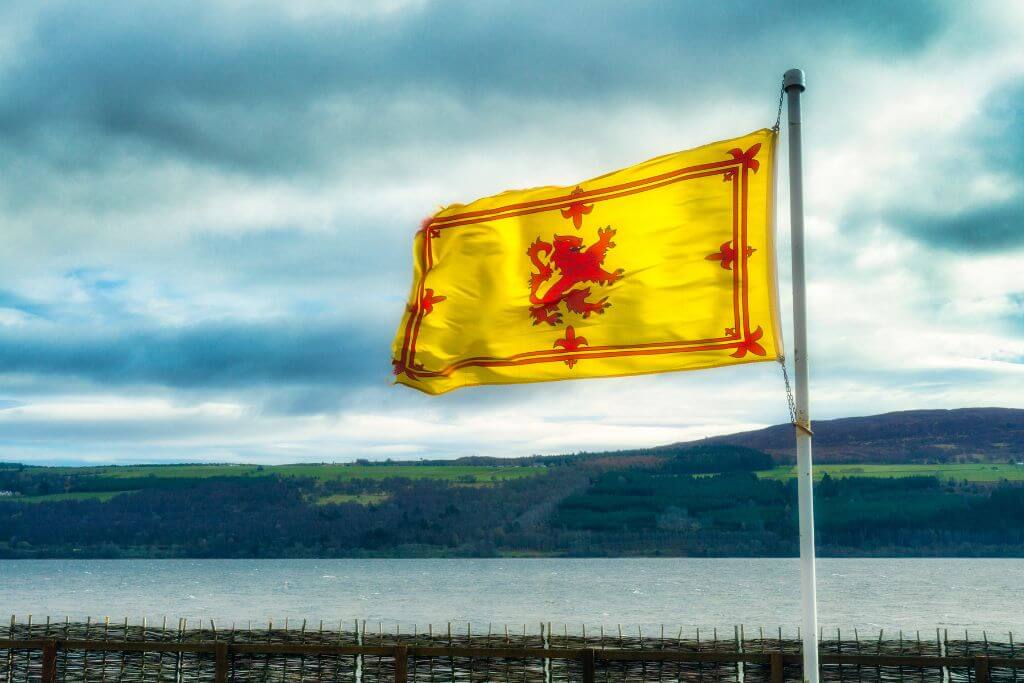
As Scottish symbols go not many are as famous or iconic as the Lion Rampant. The Lion Rampant emblem is considered the unofficial flag of Scotland and is often referred to as "The Royal Standard of Scotland".
The iconic design was first used by King Alexander II (1214 - 1249 AD) and has been used as the 'Arms of the Kingdom (or Dominion) of Scotland' ever since.
THE NATIONAL FLOWER OF SCOTLAND

Another traditional Scottish symbol is the national flower: the thistle.
The story which surrounds the adoption of the thistle is, as always, shrouded by mythology. The legend goes back to the reign of Alexander III (1249 – 1286). The Scots were under attack from the Vikings, who had landed on the coast of Largs under the cover of darkness. To maintain the element of surprise, the Norse men removed their footwear and moved through the fields to the Scottish camp.
Little did they know that the field was covered in thistles! Of course, one of the Norse men shrieked as he stood on the flower and the sleeping Scots were alerted, winning the day!
Although there is no hard evidence to prove this story is true, the thistle has remained an important Scottish symbol for over 500 years.
Read now: Everything About Tartan Day Around The World
THE NATIONAL ANIMAL OF SCOTLAND
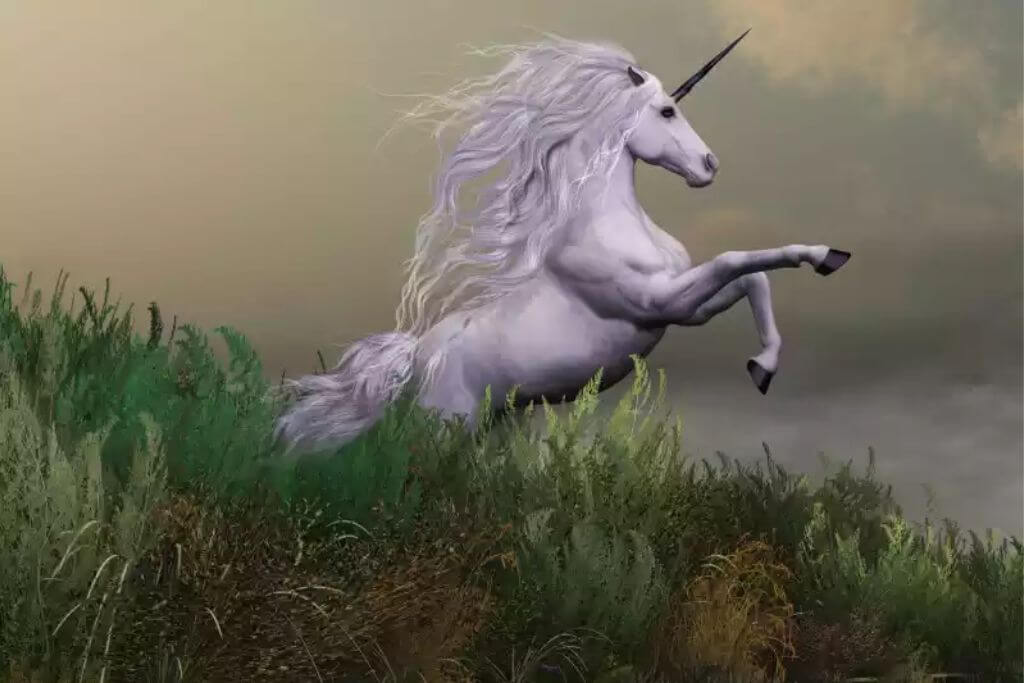
Why is there a mythological creature on Scotlands national coat of arms?
The answer to this question lies in heraldry. Heraldry is the age-old practice of designing coats of arms and crests to represent different clans, armies, families, institutions, and nations. Looking at the history of Scotland’s heraldry, we can see that the unicorn was first adopted on our coat of arms around the mid-1500s.
This was a direct response to England adopting the lion in their heraldry 100 years prior. According to folklore, the unicorn was believed to be the natural enemy of the lion!
Our shop is full of unique products with motifs inspired by traditional Scottish symbols. Shop now for 15% off with code VBLOG15. Enjoy now!
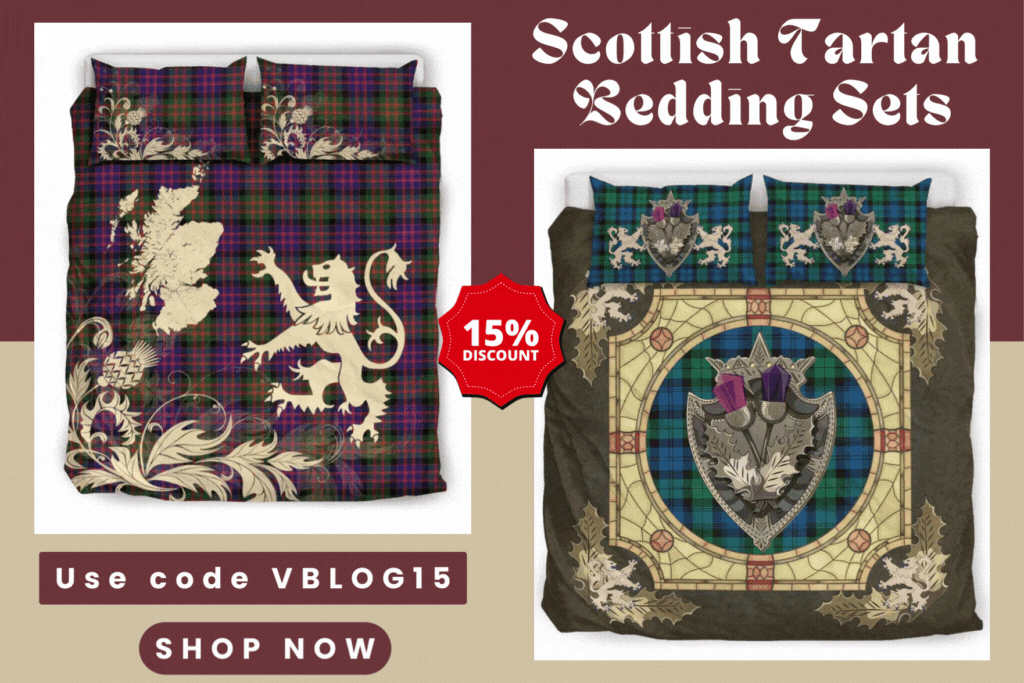
CELTIC SYMBOLS
Celtic symbols are widespread throughout countries such as Scotland, Ireland, and Wales. These Celtic runes have deep meaning, symbolising faith, love, and loyalty among other important values.
Let’s discover the most popular Celtic symbols and the meaning behind them.
TRIQUETRA
CELTIC-SYMBOLS
The triquetra means "three-cornered", and there are many variations of this three-cornered design. It is also known as the Trinity Knot, signifying The Holy Trinity of the Father, The Son, and the Holy Spirit.
The Trinity Knot composes of three Vesica Pisces symbols that overlap. In ancient times, this symbol was rarely used on its own but rather as a space filler in larger designs. In more recent times, the Trinity knot is used in jewellery, décor, and tattoos.
CELTIC CROSS

A variation of the Latin cross, The Celtic Cross dates back to the 9th century. It was the celts that added the circle design to the Latin cross to make the Celtic cross. From the early 19th century, it began to be known as the Celtic cross.
The widely known myth is that the Celtic cross was brought to Ireland by either Saint Patrick or Sanit Declan, in their quest to convert pagan Ireland to Christianity. The Celtic cross, with its interweaved design, is found on many Celtic manuscripts and tombs.
CELTIC KNOT
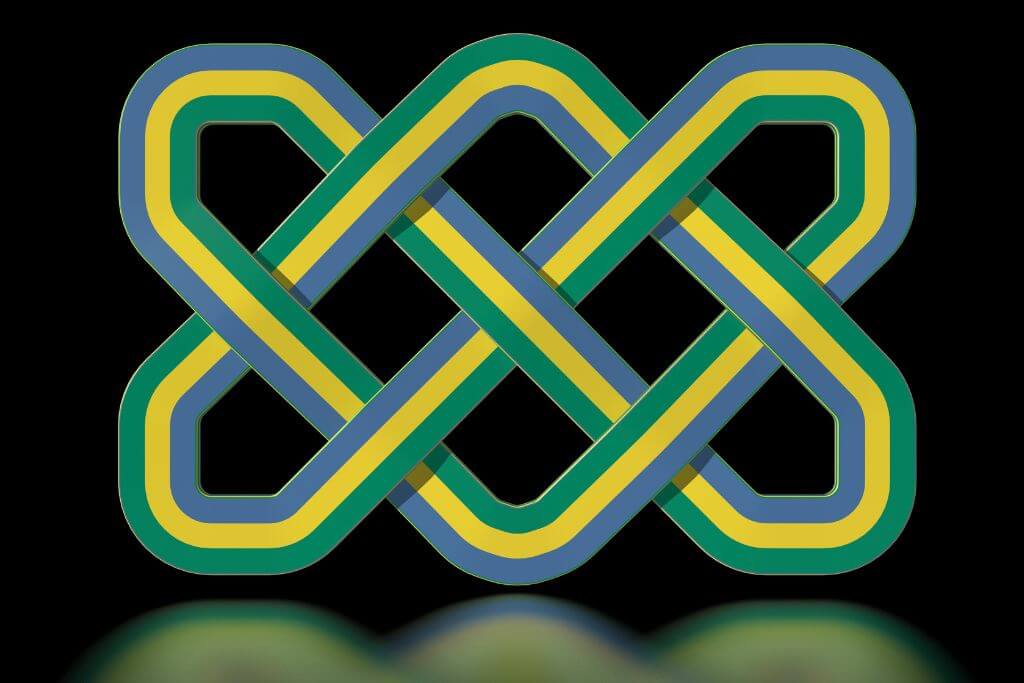
The Celtic knot was mainly used by the Ancient Celts in building monuments and in manuscripts such as the Book of Kells and Lindisfarne Gospel (from the 8th century).
There are many different types of Celtic knots and the Celtic knot meaning is open to different theories from different historians. Some believe there was no specific philosophical or religious significance to the Celtic knot and was merely used as a decorative element.
CELTIC SHIELD KNOT
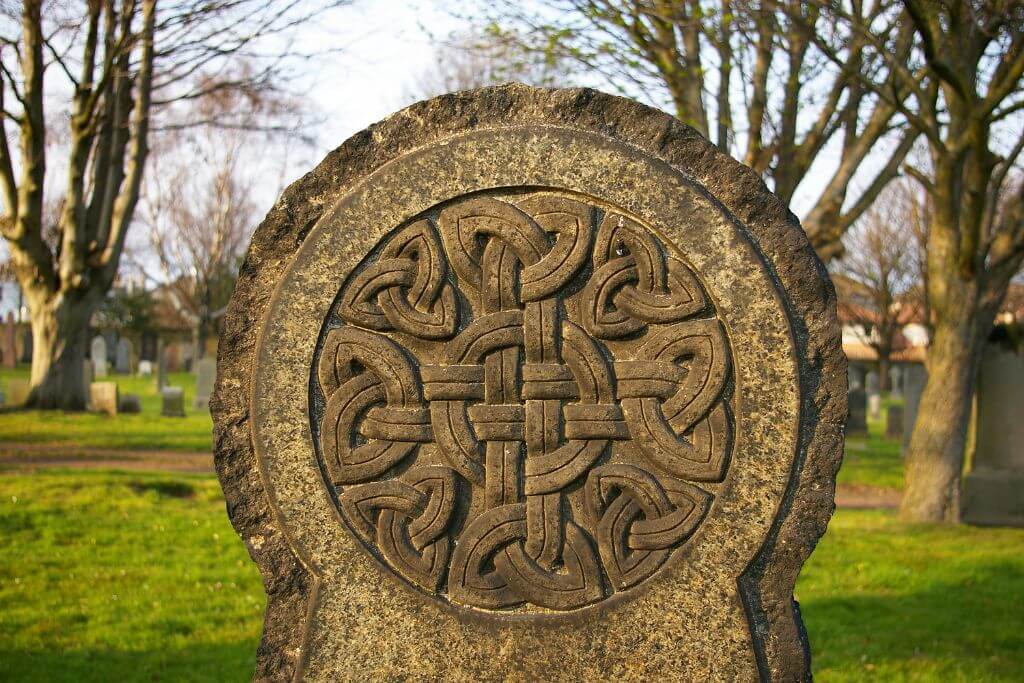
A variation of the Celtic knot, the Celtic shield knot as the name suggests signified protection for its wearer. It was used by ancient Celts on battlefields, painted or carved onto their shields,
The Celtic shield was also painted near sick people to ward off evil spirits!
SOLOMON’S KNOT
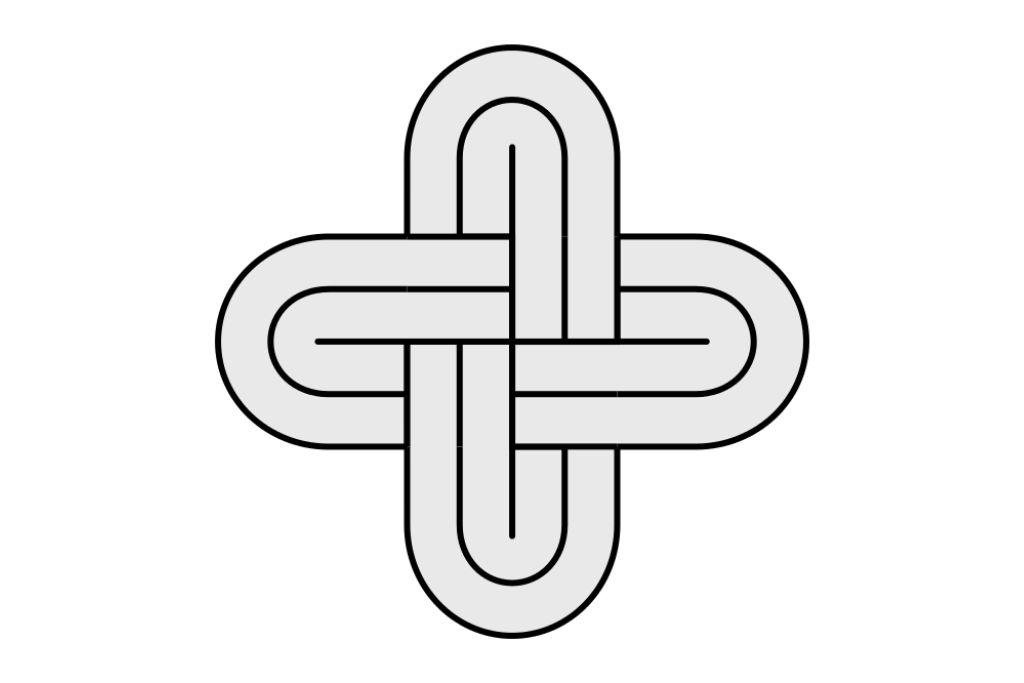
One of the most ancient Celtic and Scottish symbols, Solomon’s knot was even found in stone age carvings!
It is called the Solomon knot as it frequently appears in many ancient monuments and synagogues that were linked with King Solomon.
Many historians believe it represents man's ties to God. The design, like many other Celtic knot designs, has no beginning and no end, signifying eternity, immortality, and the idea that the spirit lives on after death.
SPIRAL KNOT OR TRISKELION
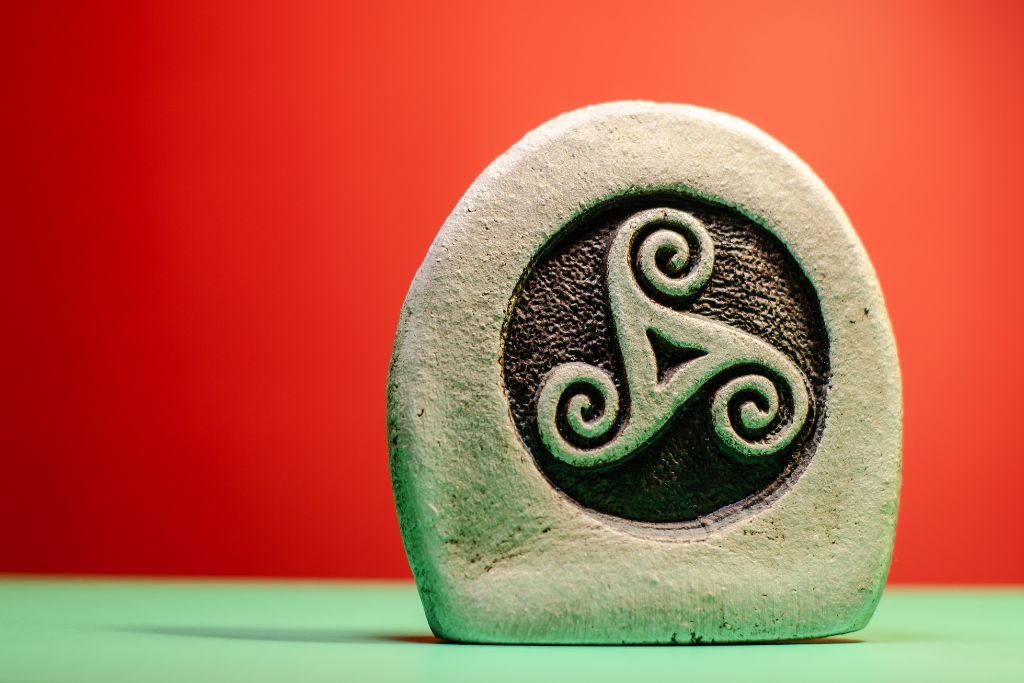
The Spiral Knot, also known as The Triskelion, is derived from the ancient Greek word for three legs. It is one of the most commonly used Celtic symbols and is said to represent many different things.
Triskelion is a Celtic symbol comprised of three spirals that are conjoined with rotational symmetry.
Life, birth, and death
Present, future, and past
The Holy Trinity - The Father, The Son and The Holy Spirit
Sea, land, and sky
THE GREEN MAN
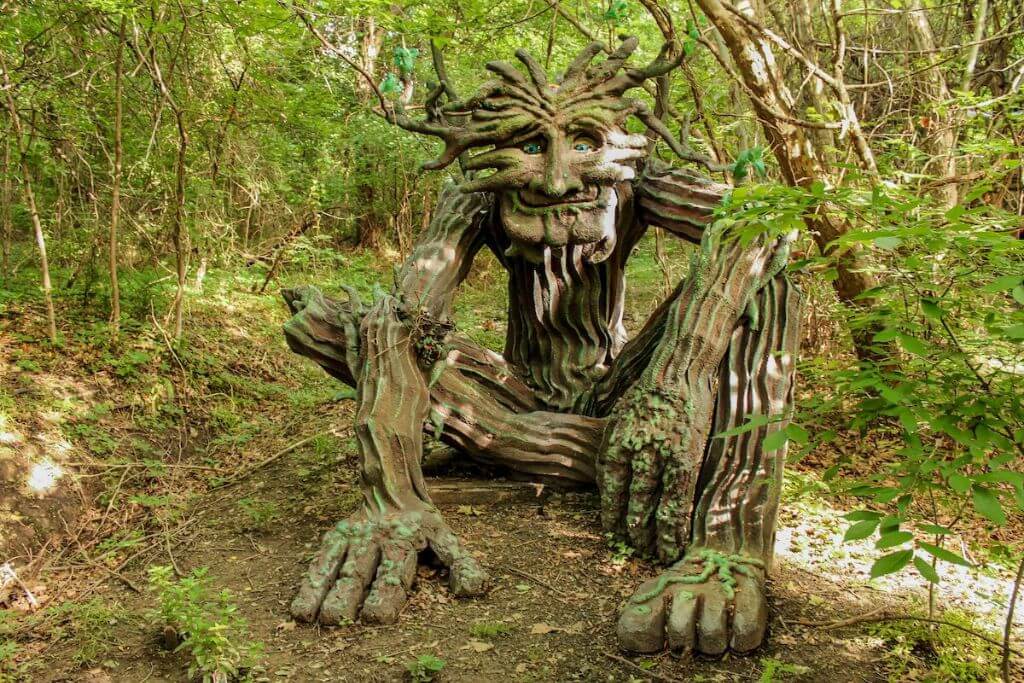
The Green Man symbol is represented in many different cultures. The Green Man symbol is used in many building designs in The British Isles, as it symbolises the relationship between man and nature.
The Green Man is also used as a symbol of rebirth. He represents the bounty of nature, the colourfulness of spring, and the lushness of vegetation.
THE CLADDAGH

The word Claddagh derives from the old Irish word ‘cladach’ which means "flat stony shore". It is the name of a fishing village on the west coast of Ireland, where the Claddagh ring is believed to have come from. Claddagh rings are based on ancient Roman designs.
The Claddagh is made up of different elements. The heart represents love, The crown represents unity and the hands represent unity and loyalty. The wearer is saying to their partner “I come to you with my whole heart”.


